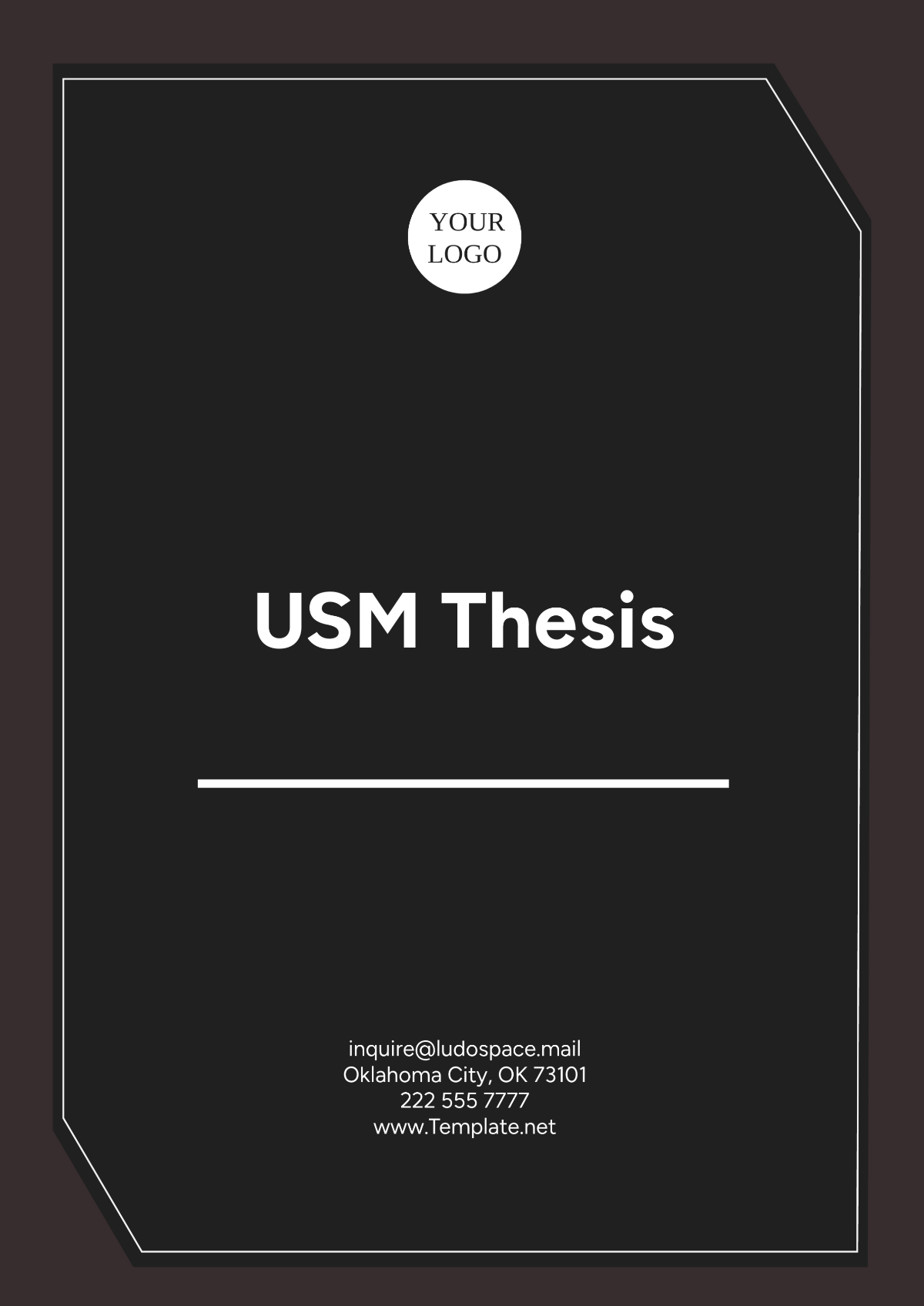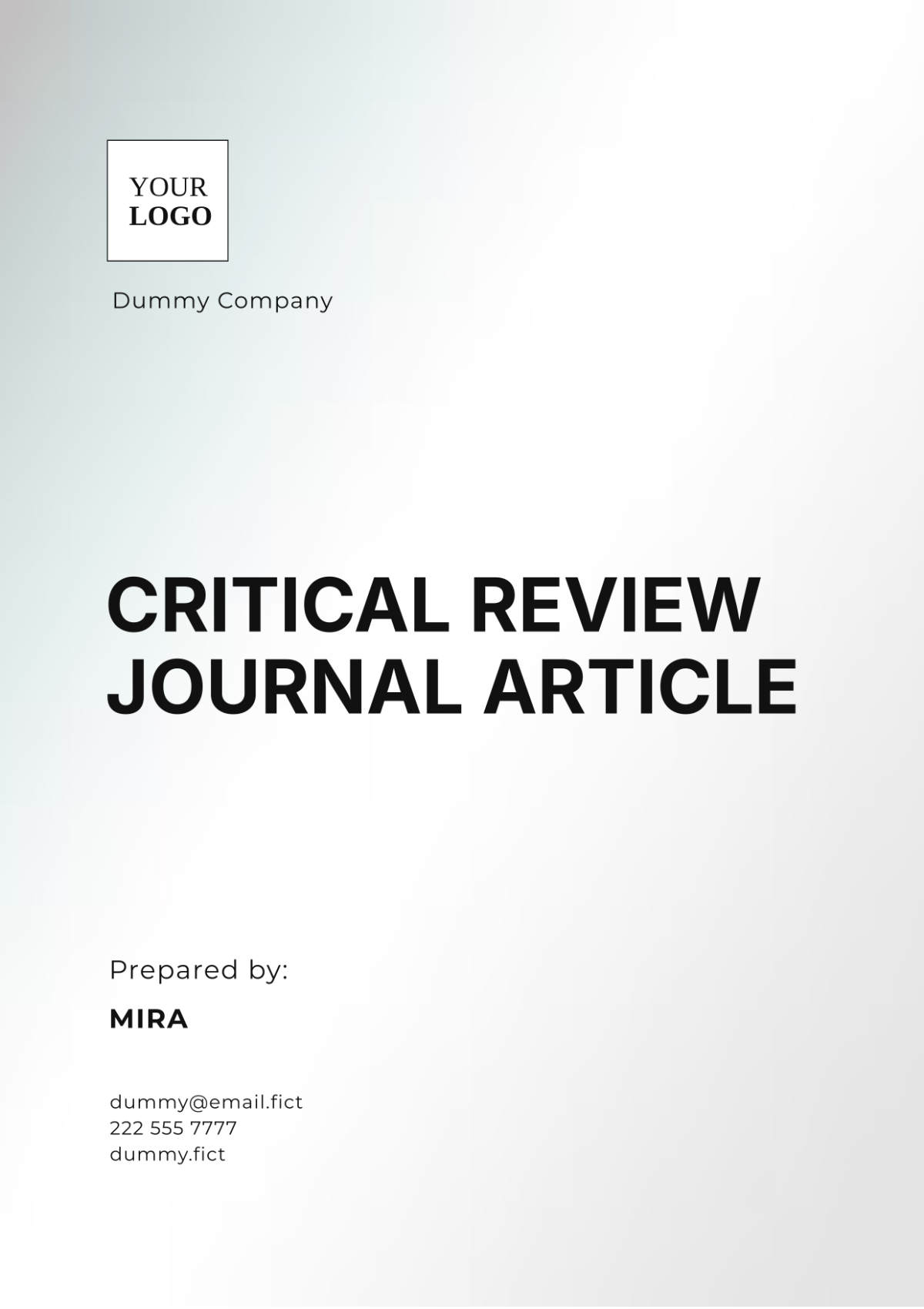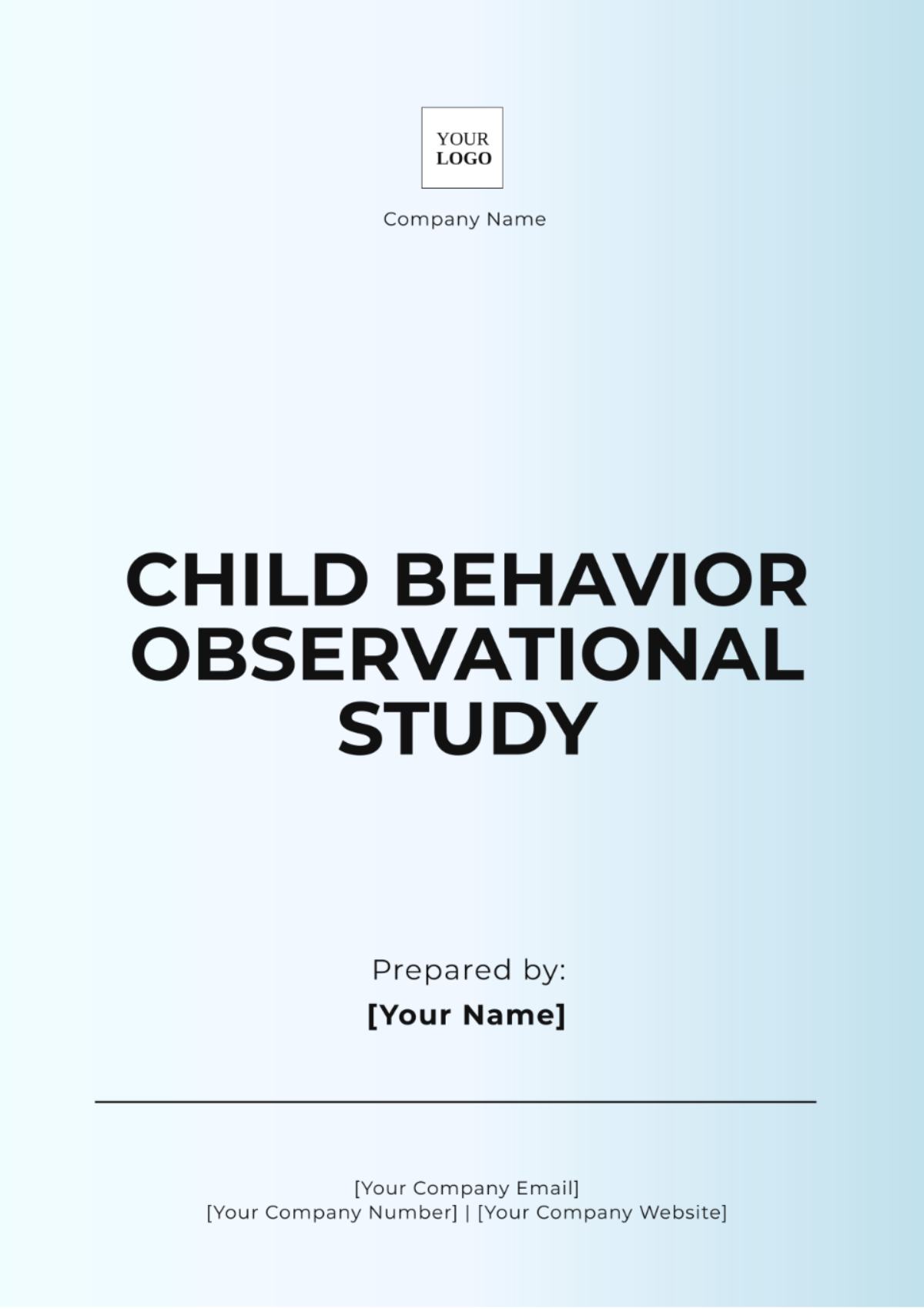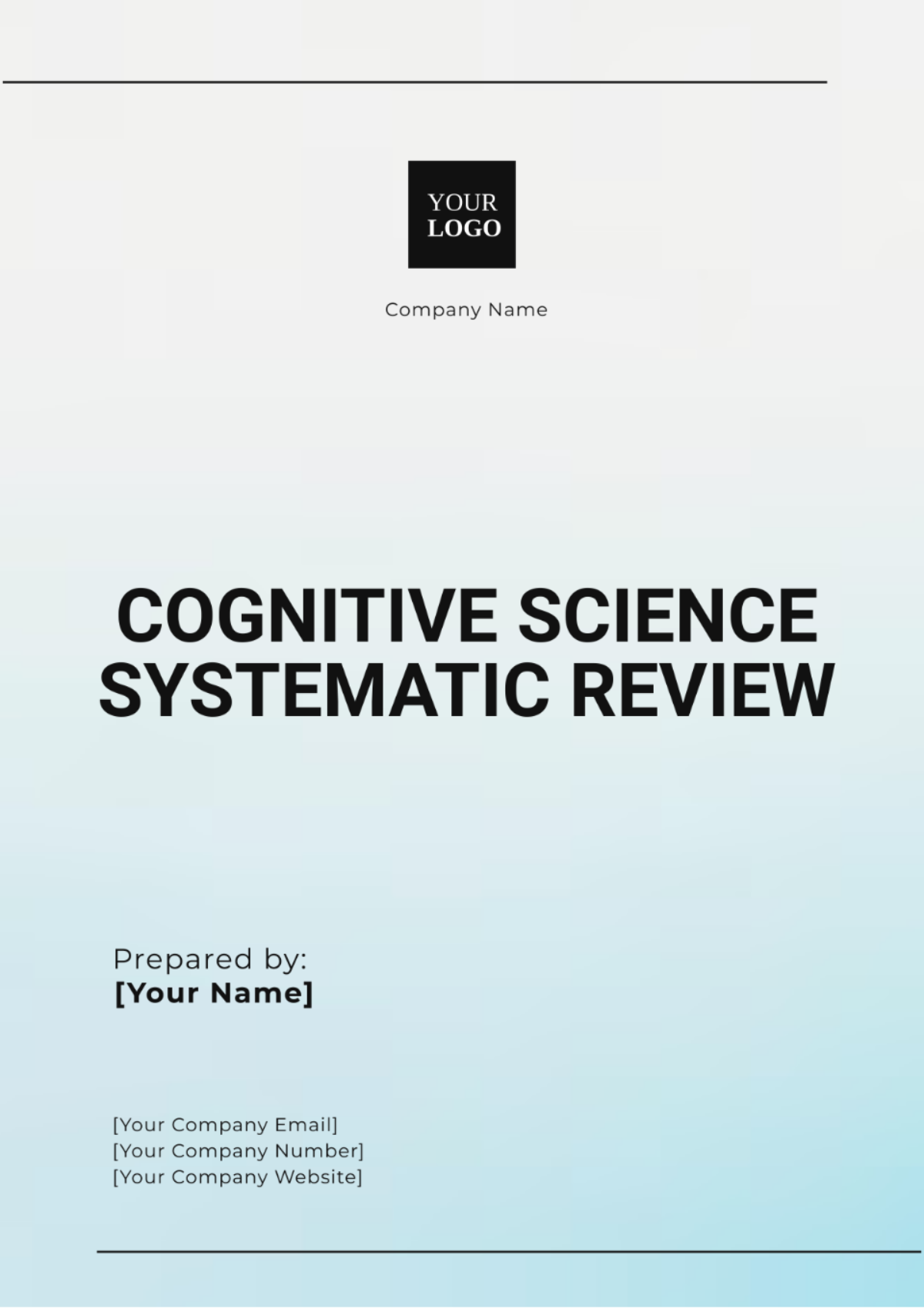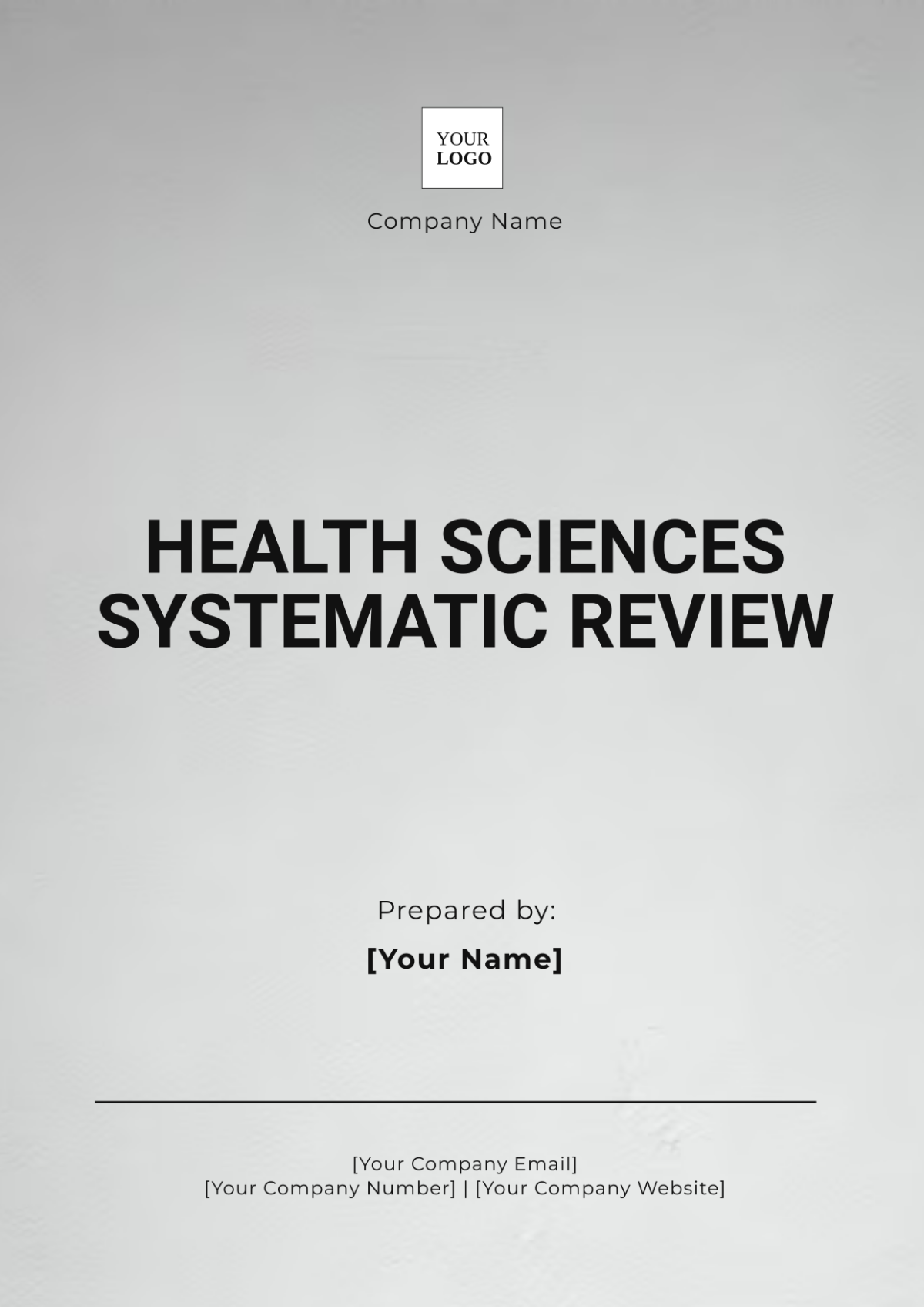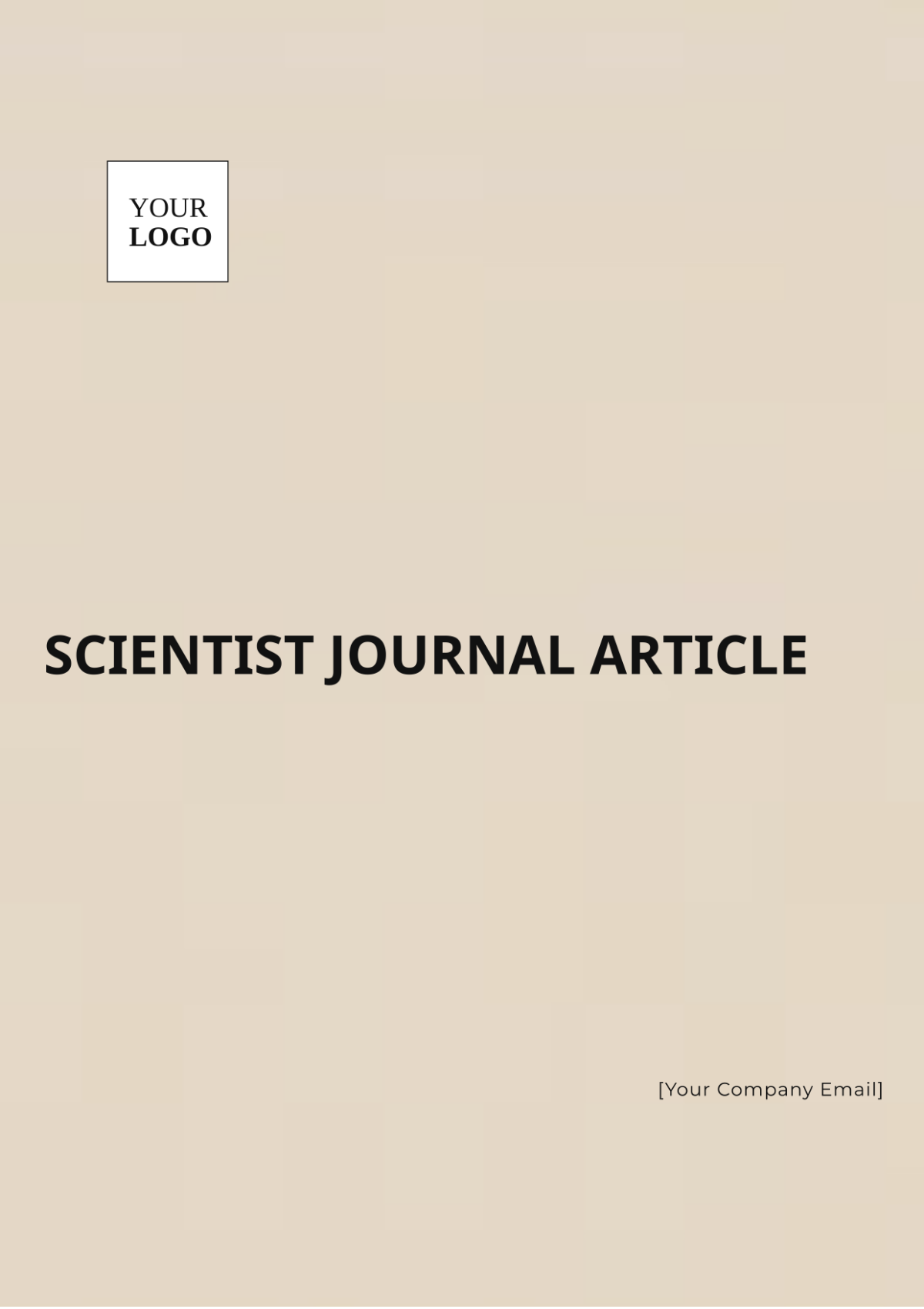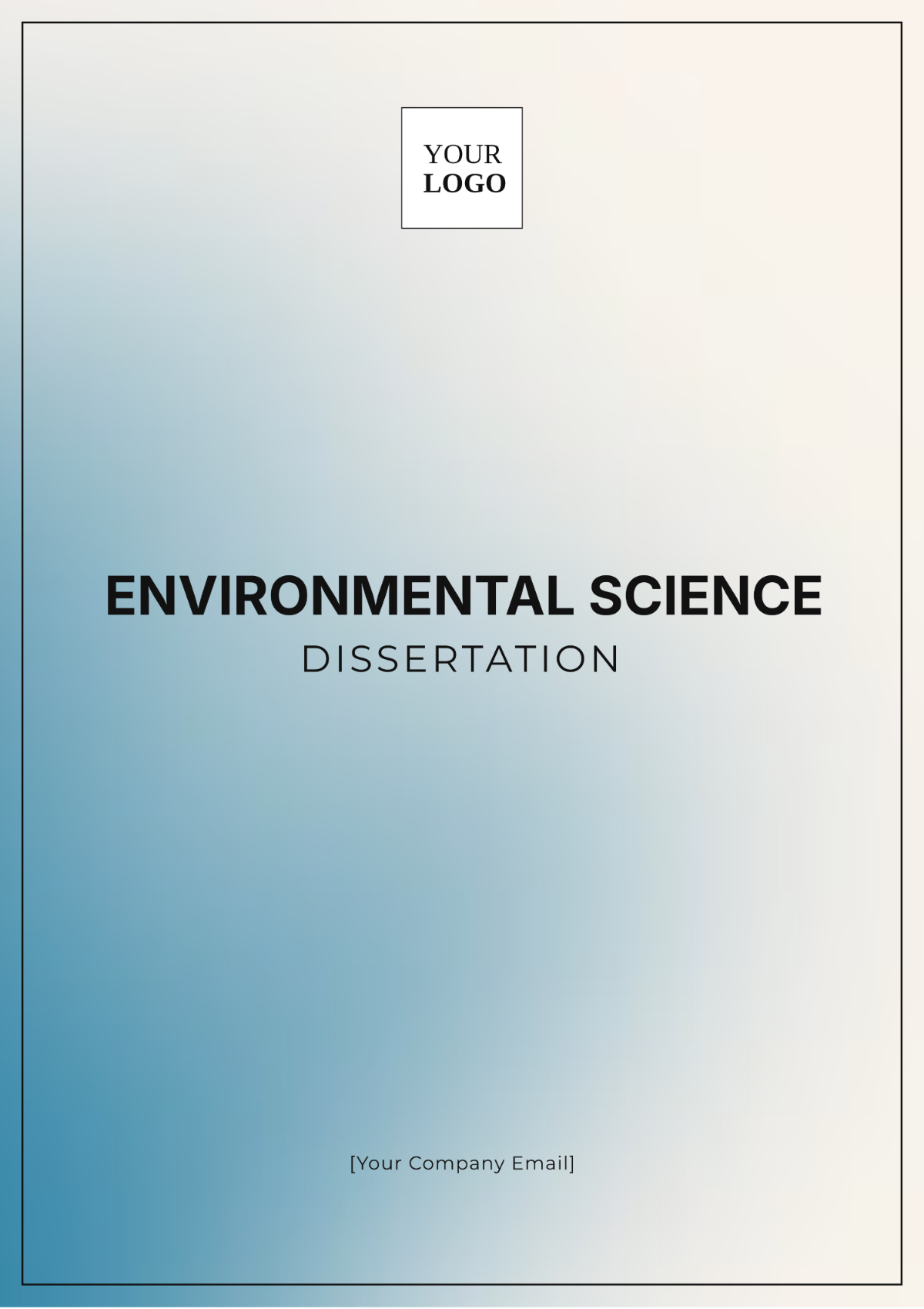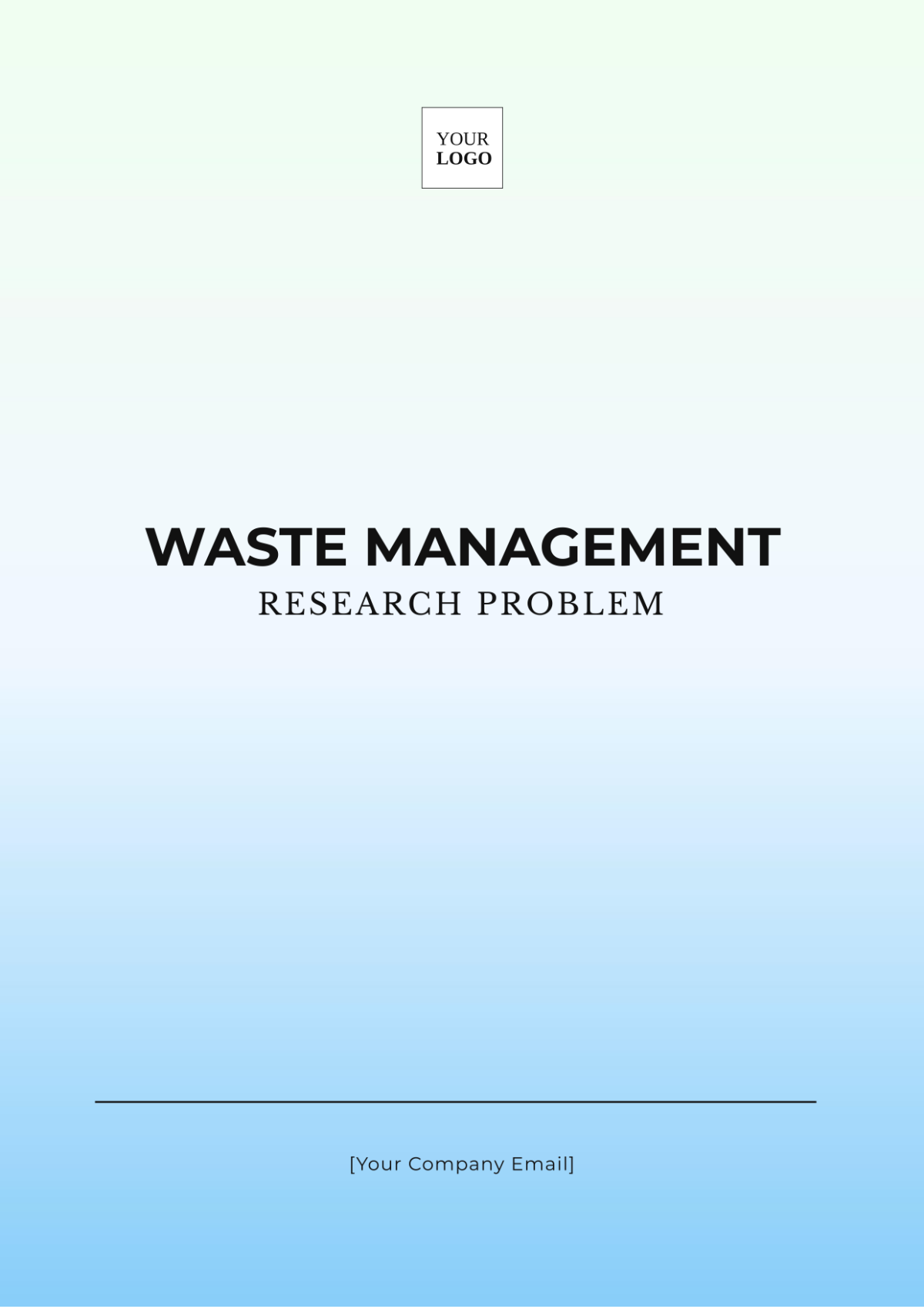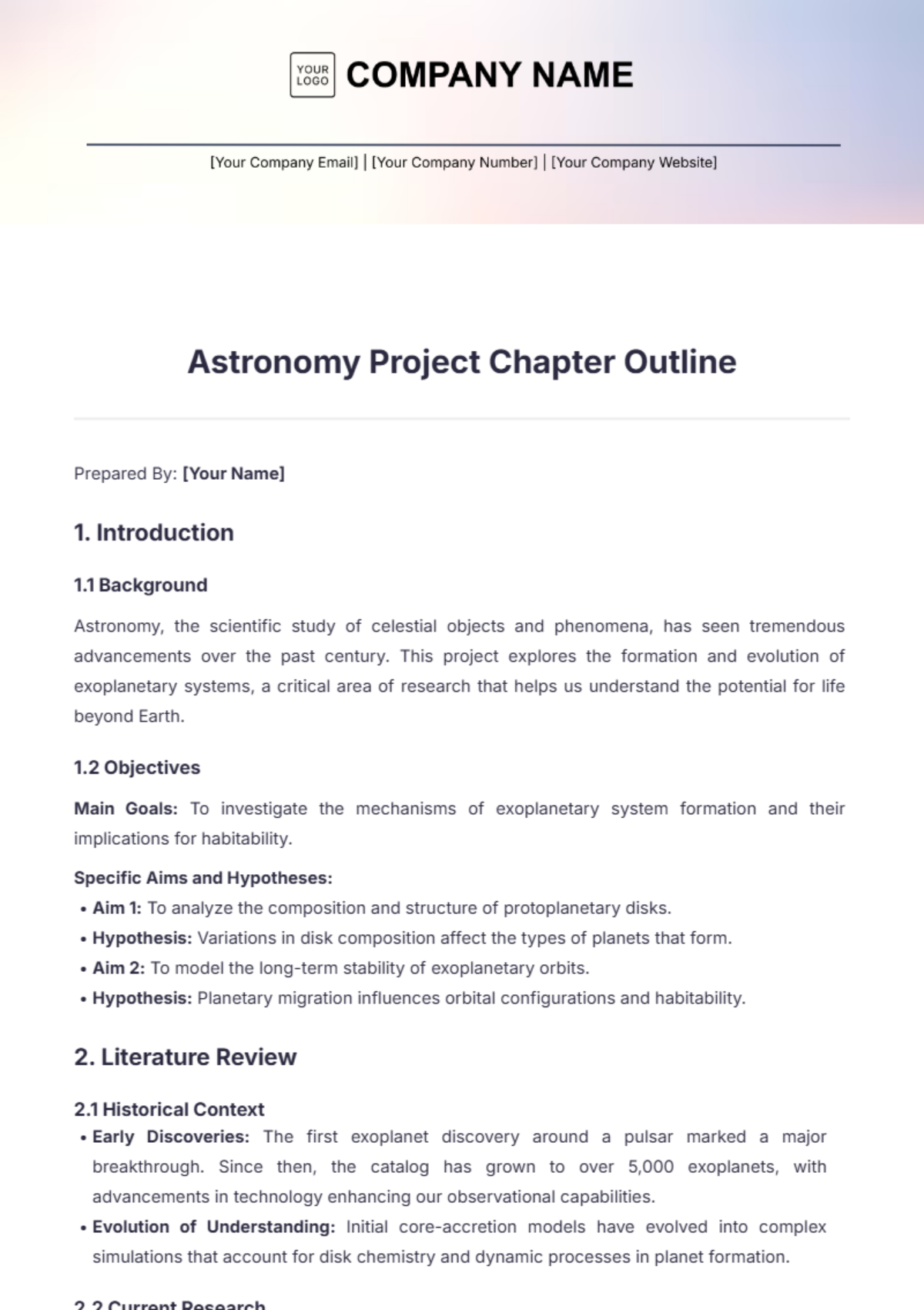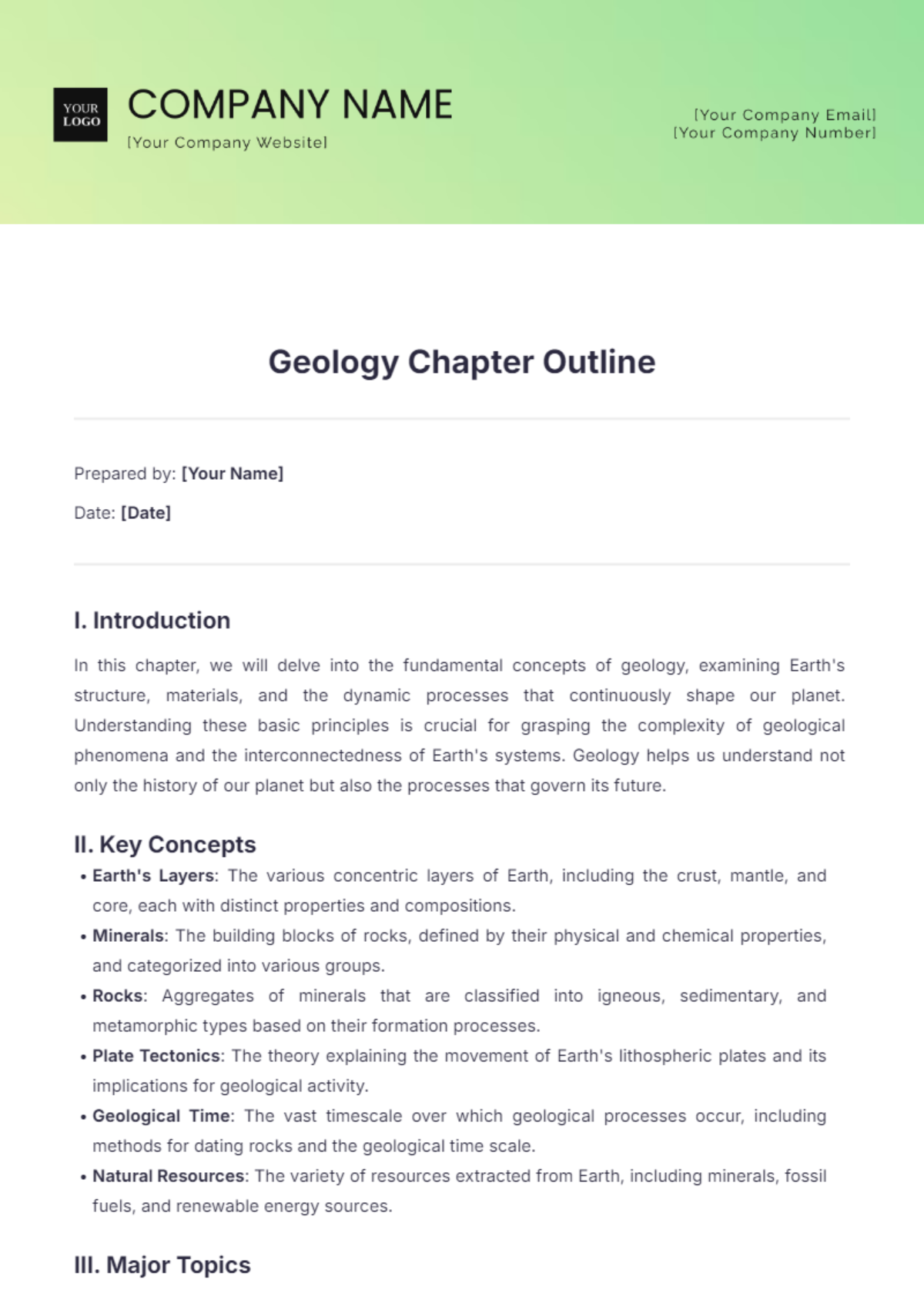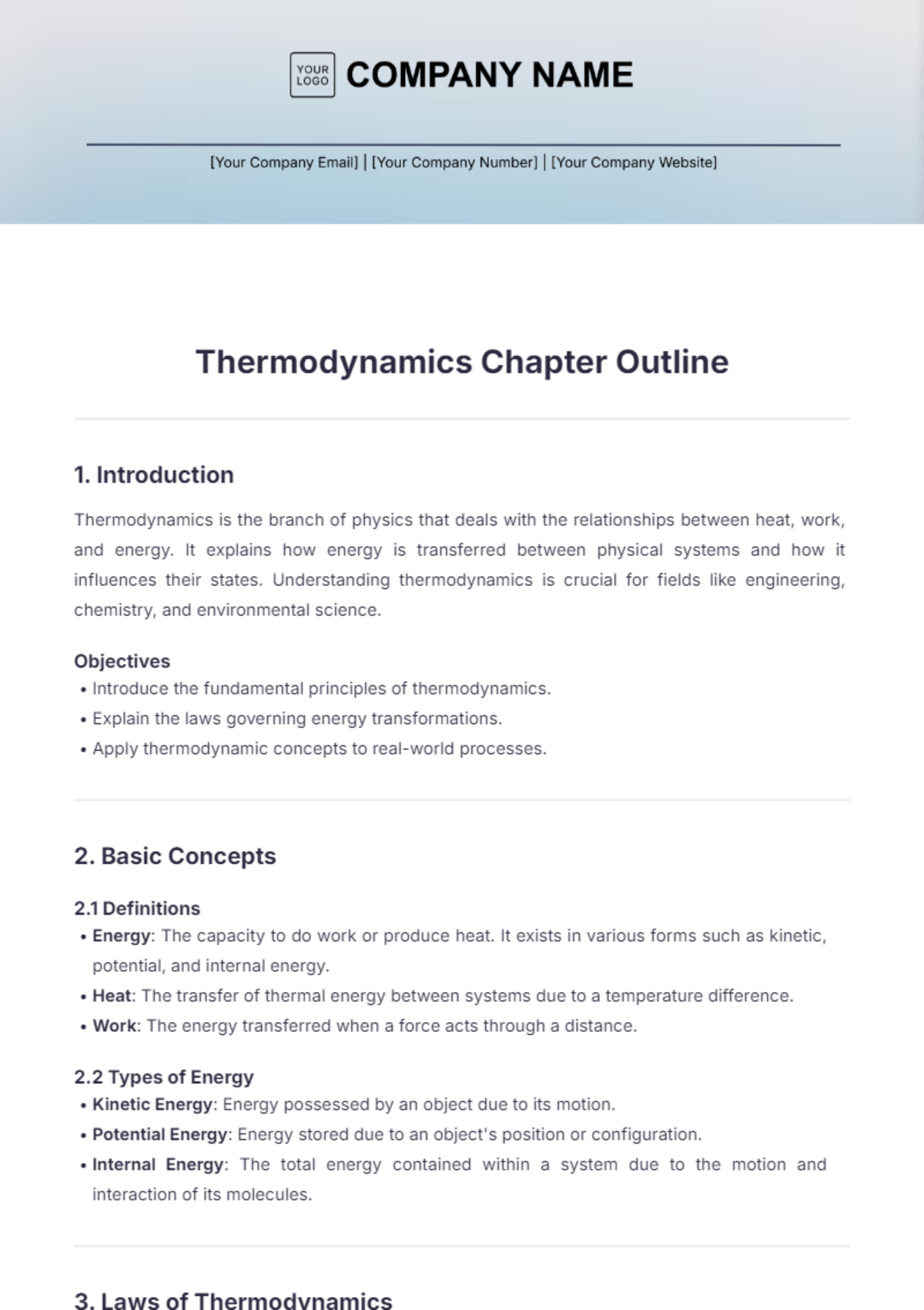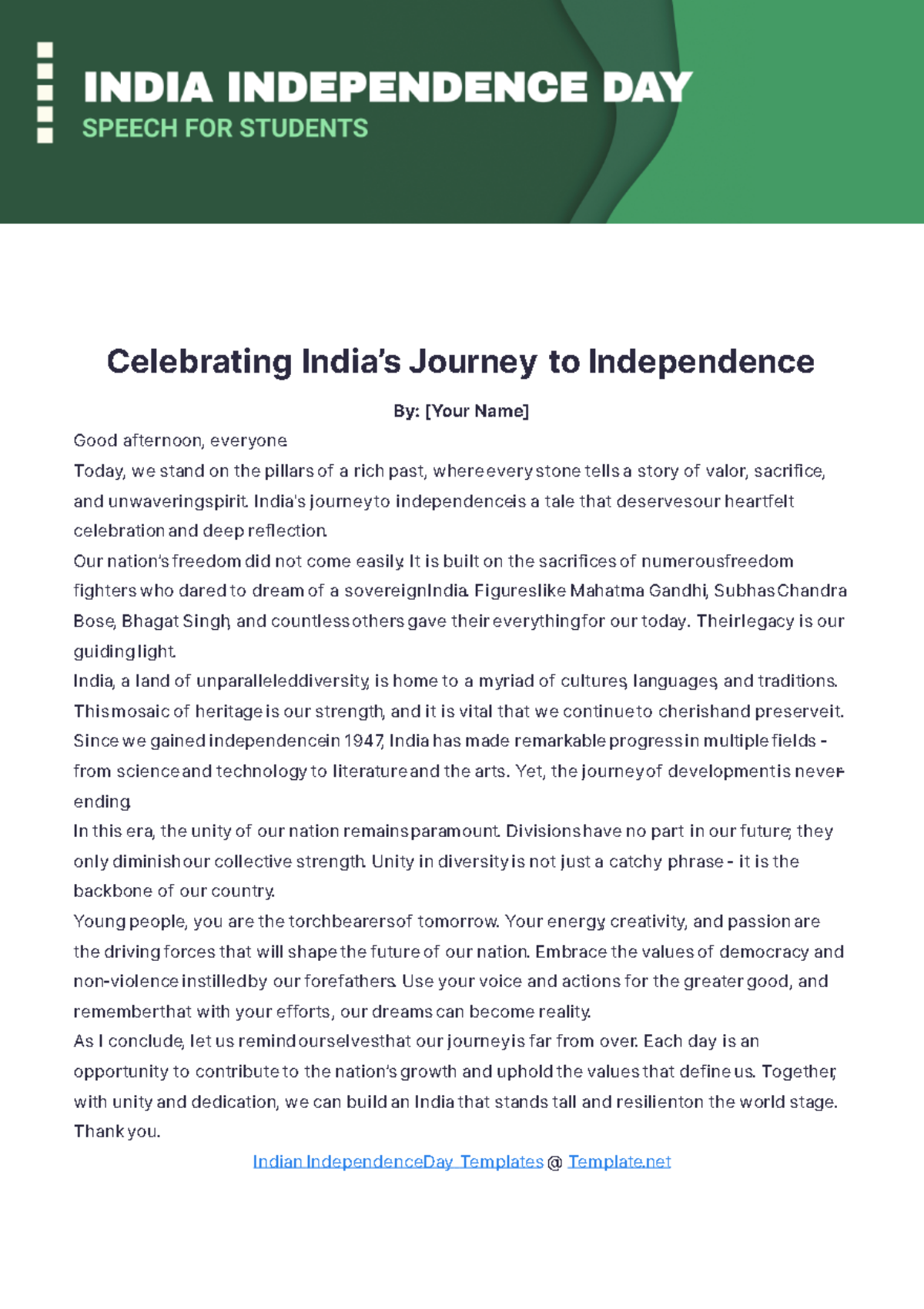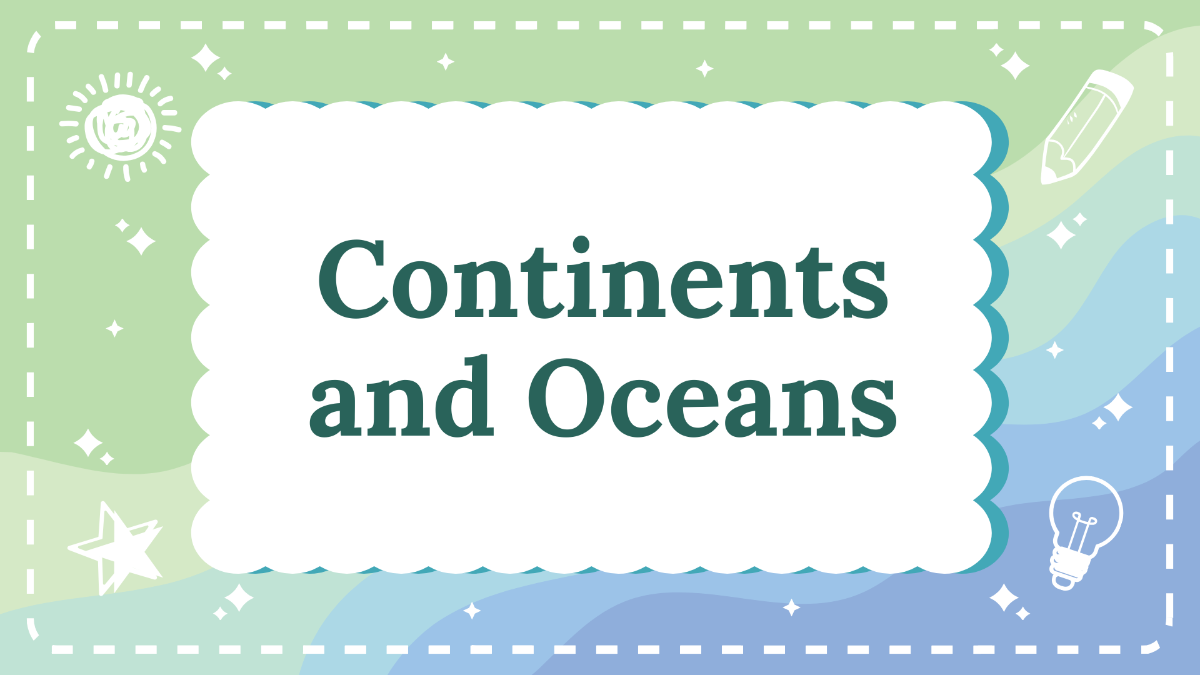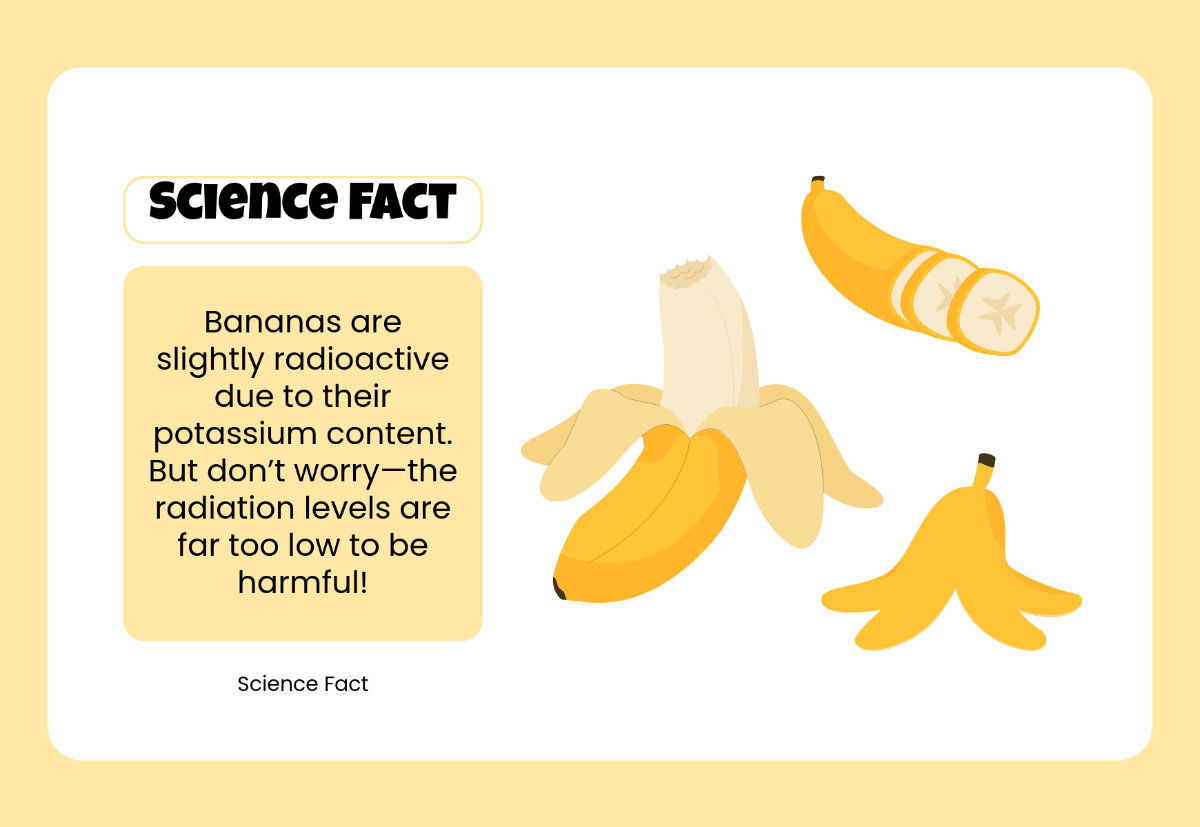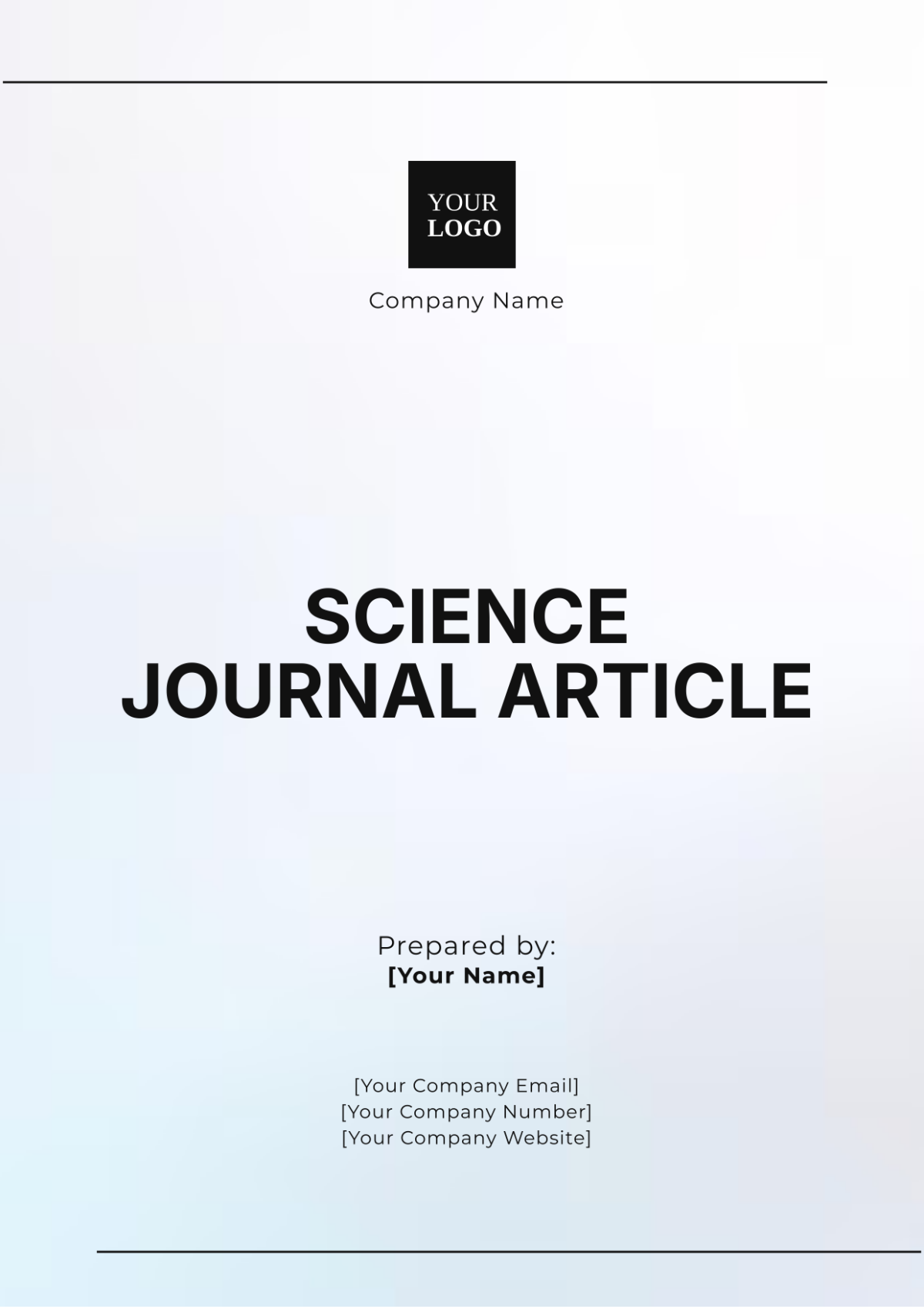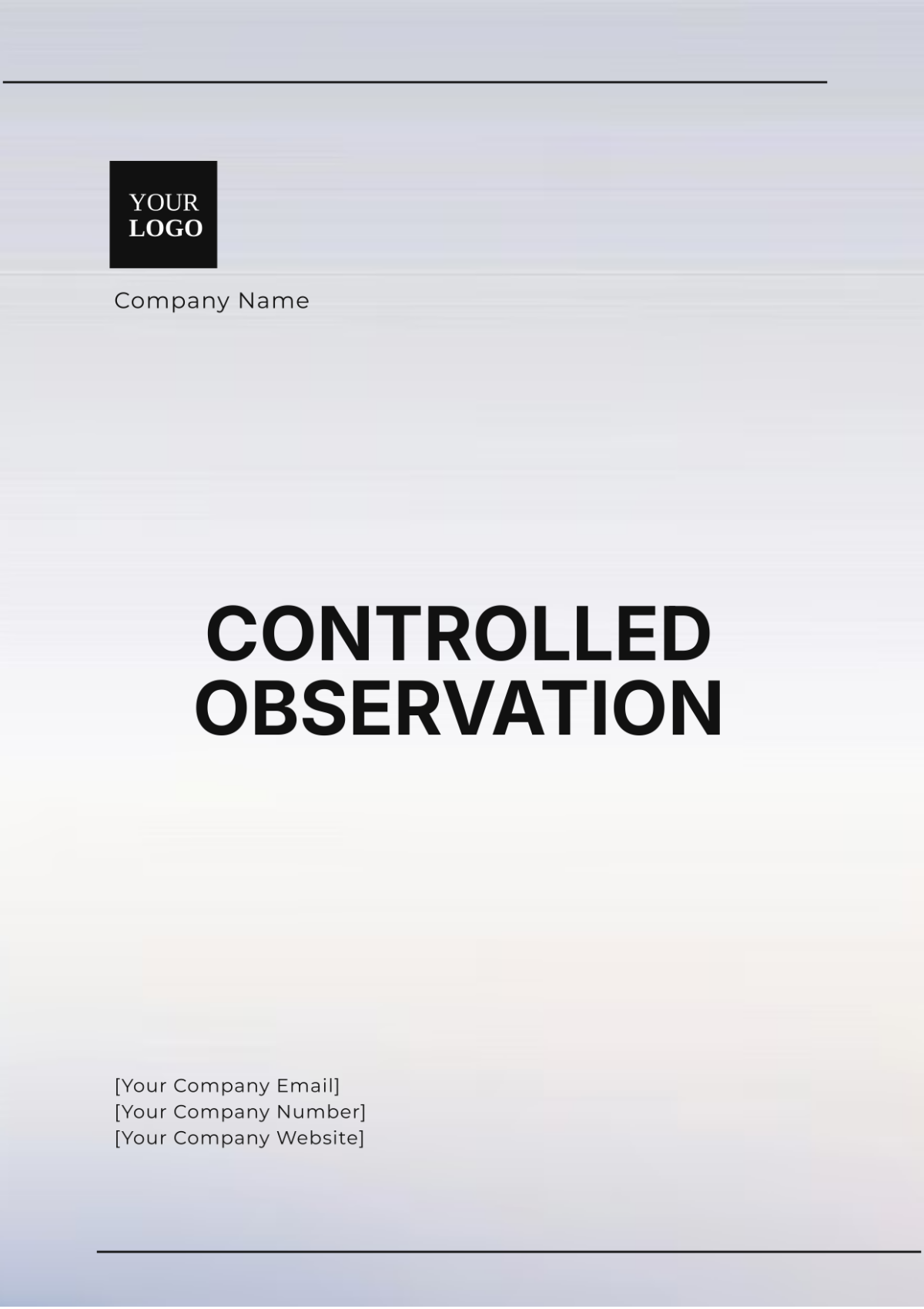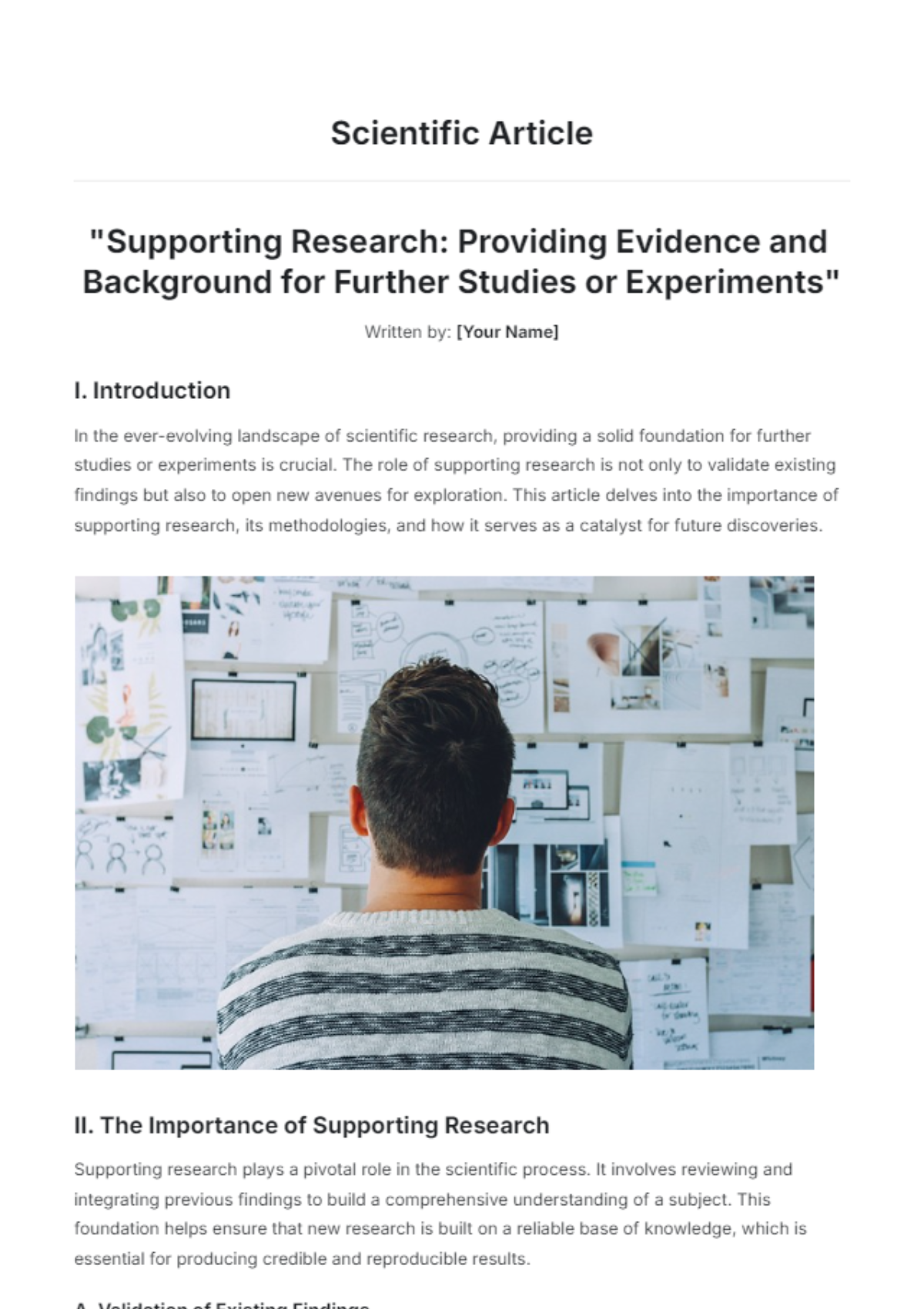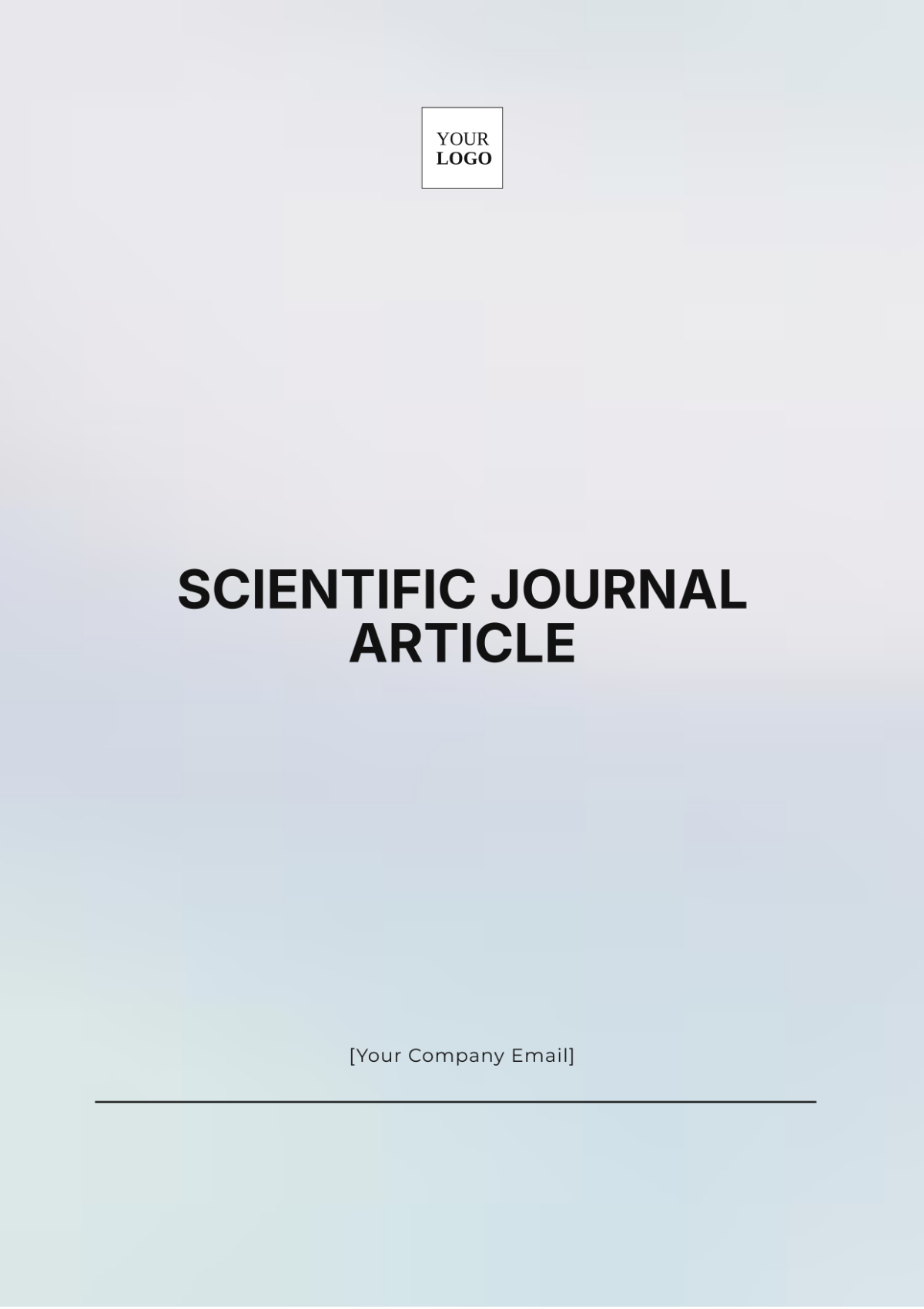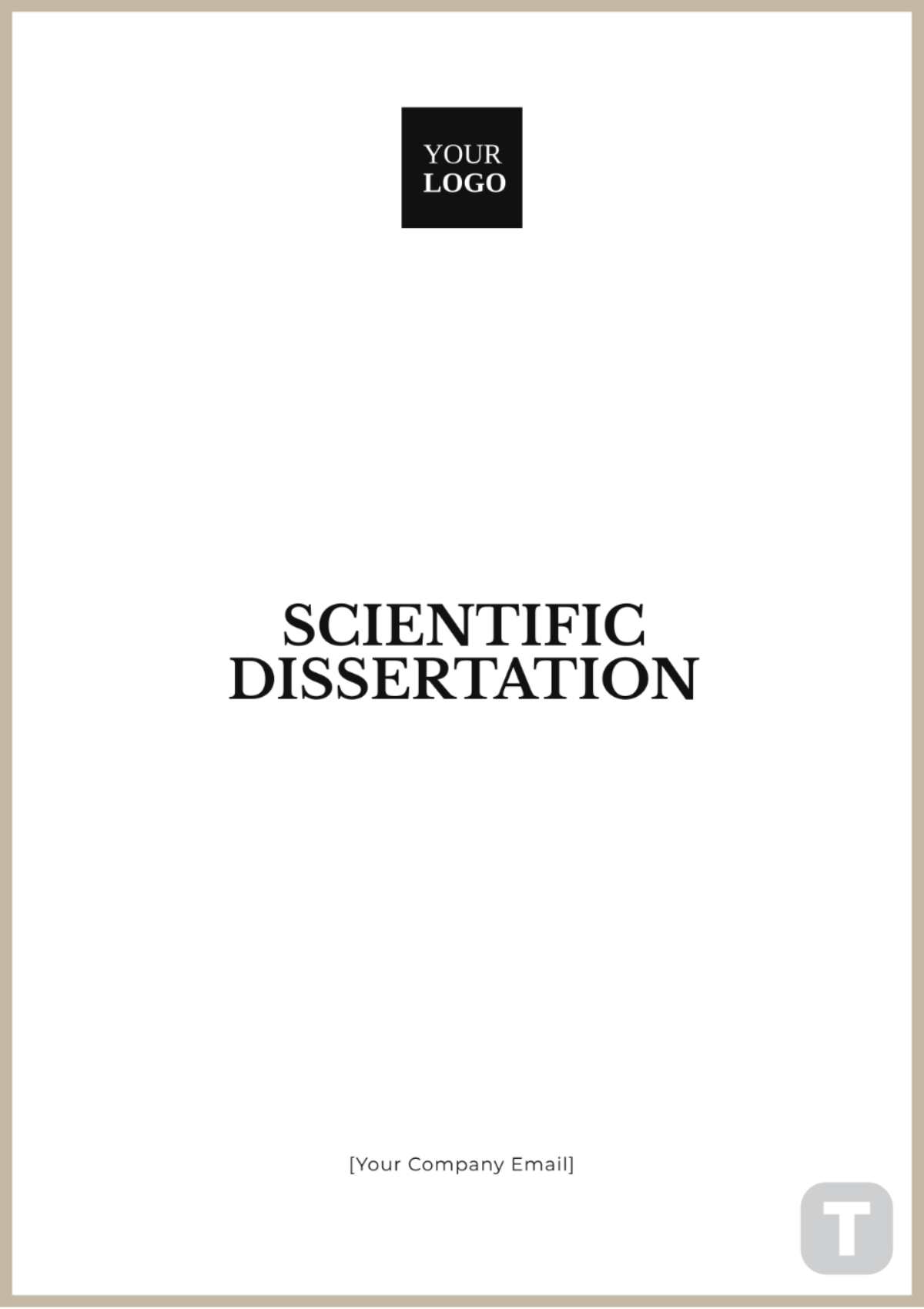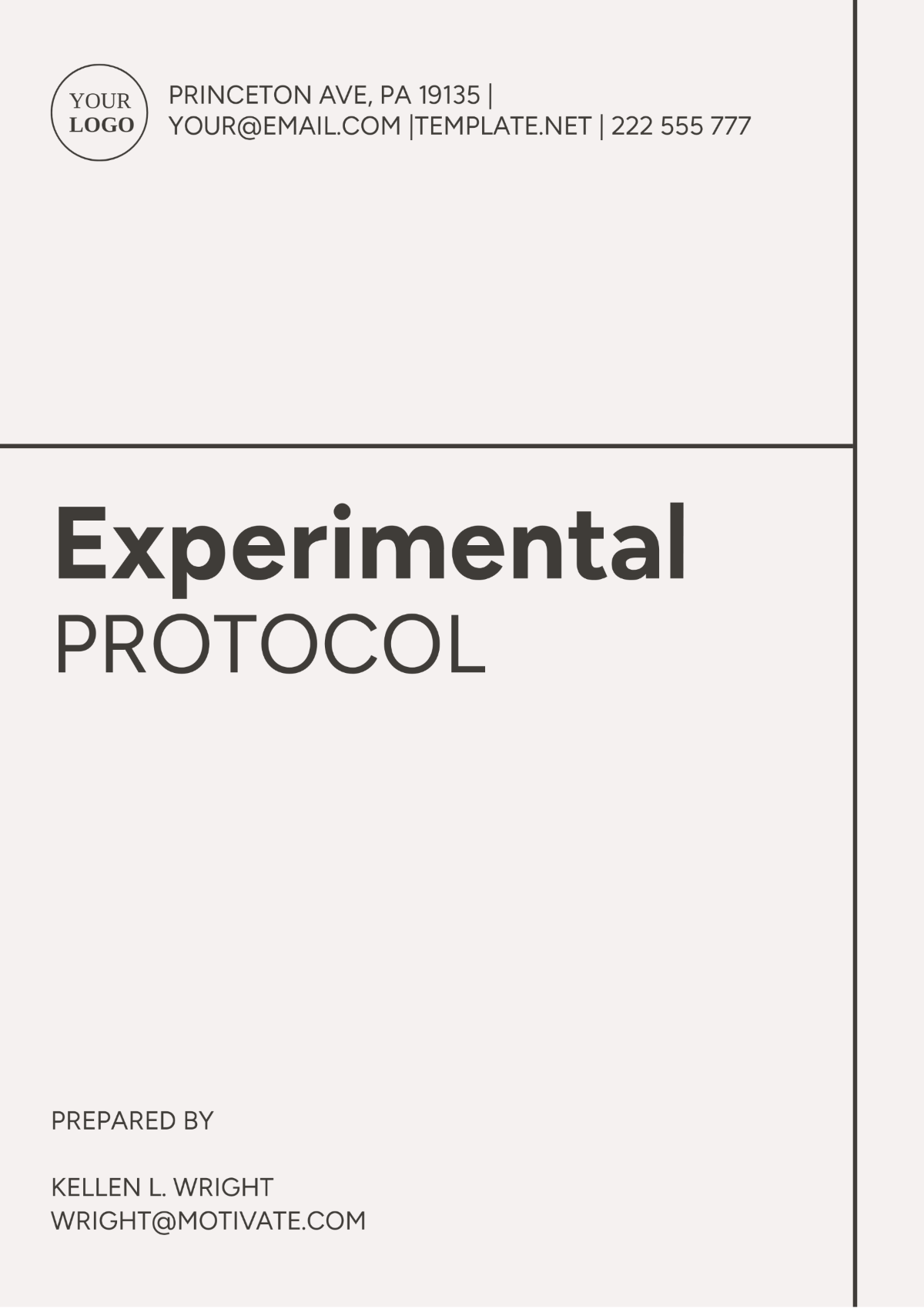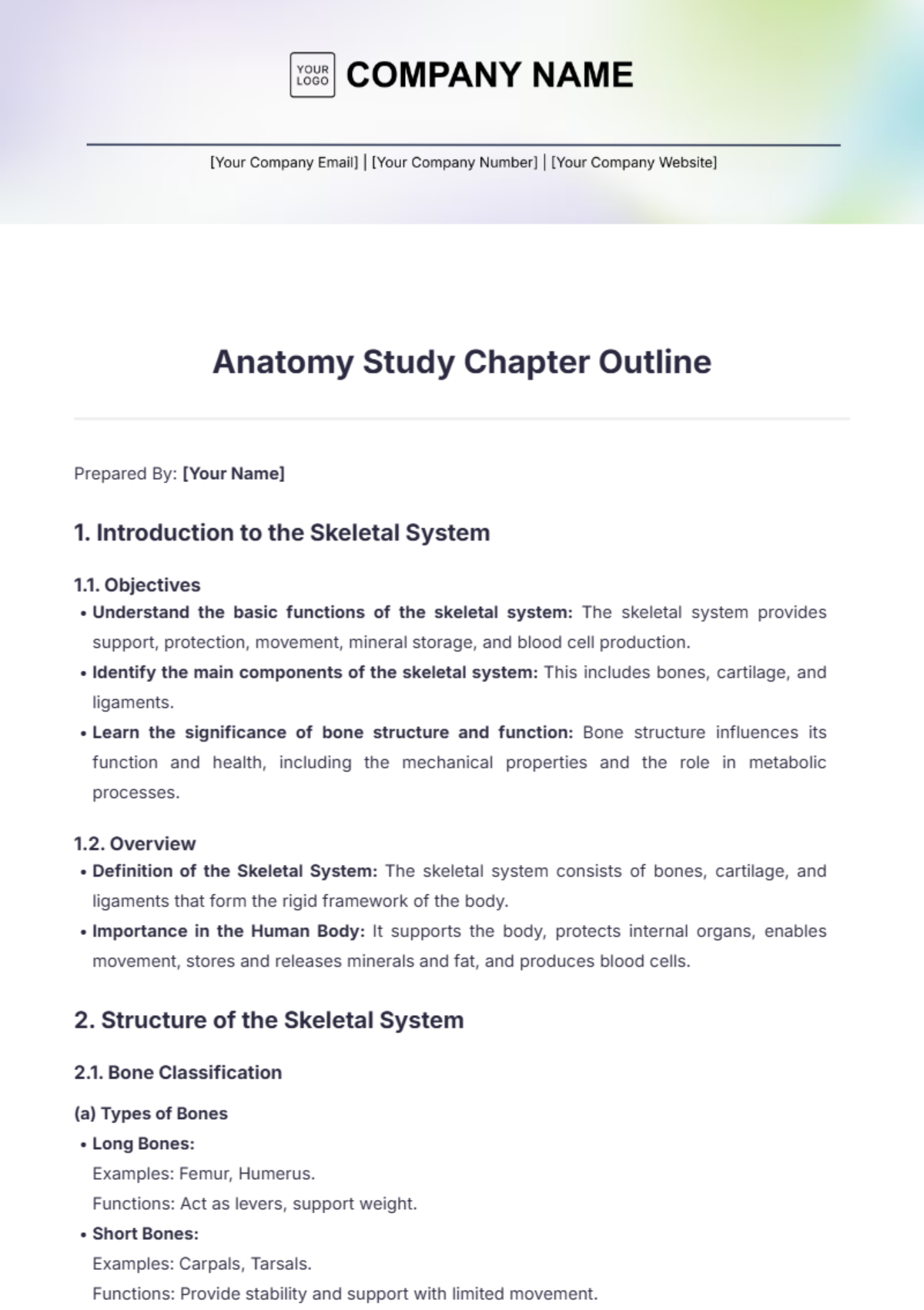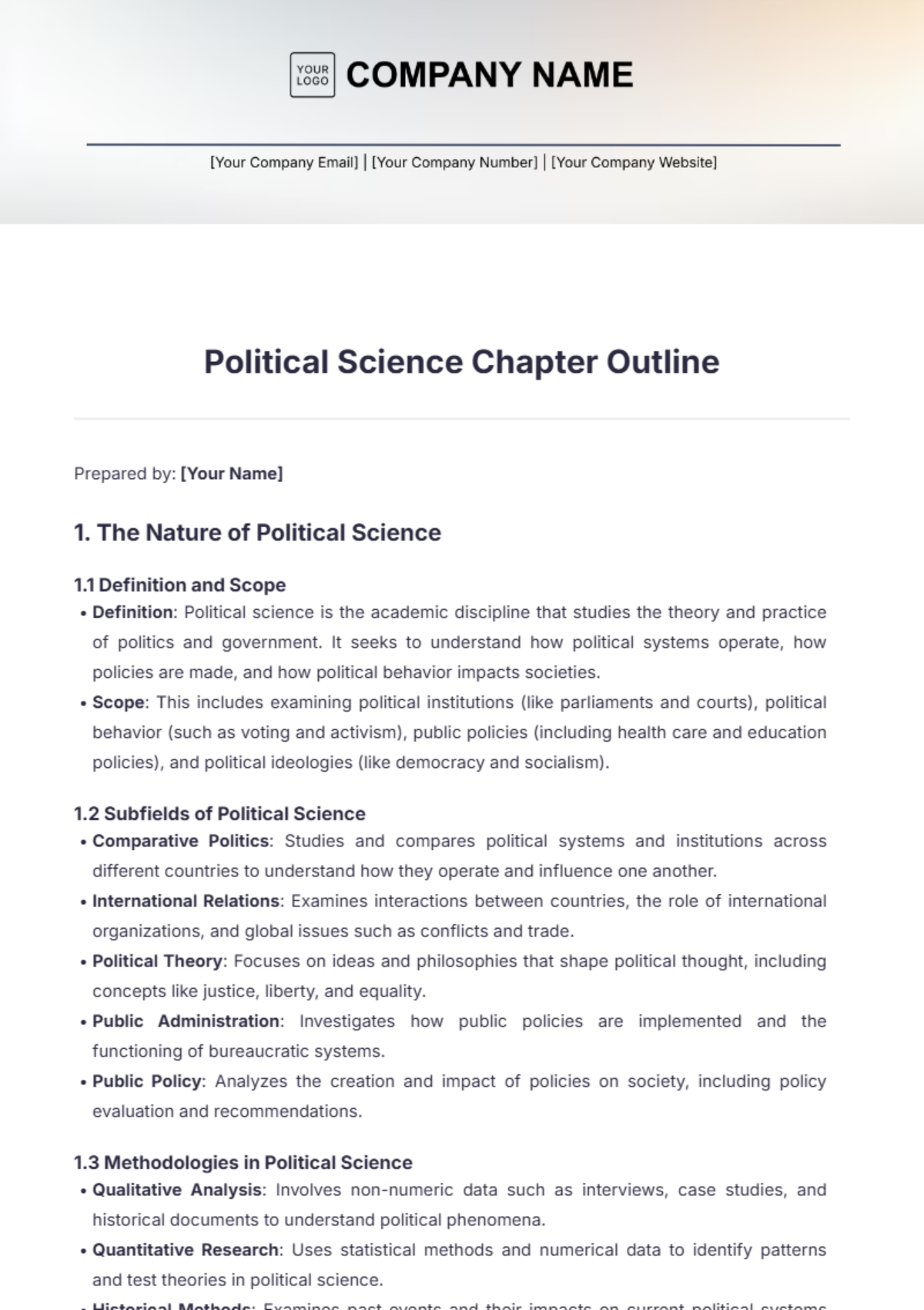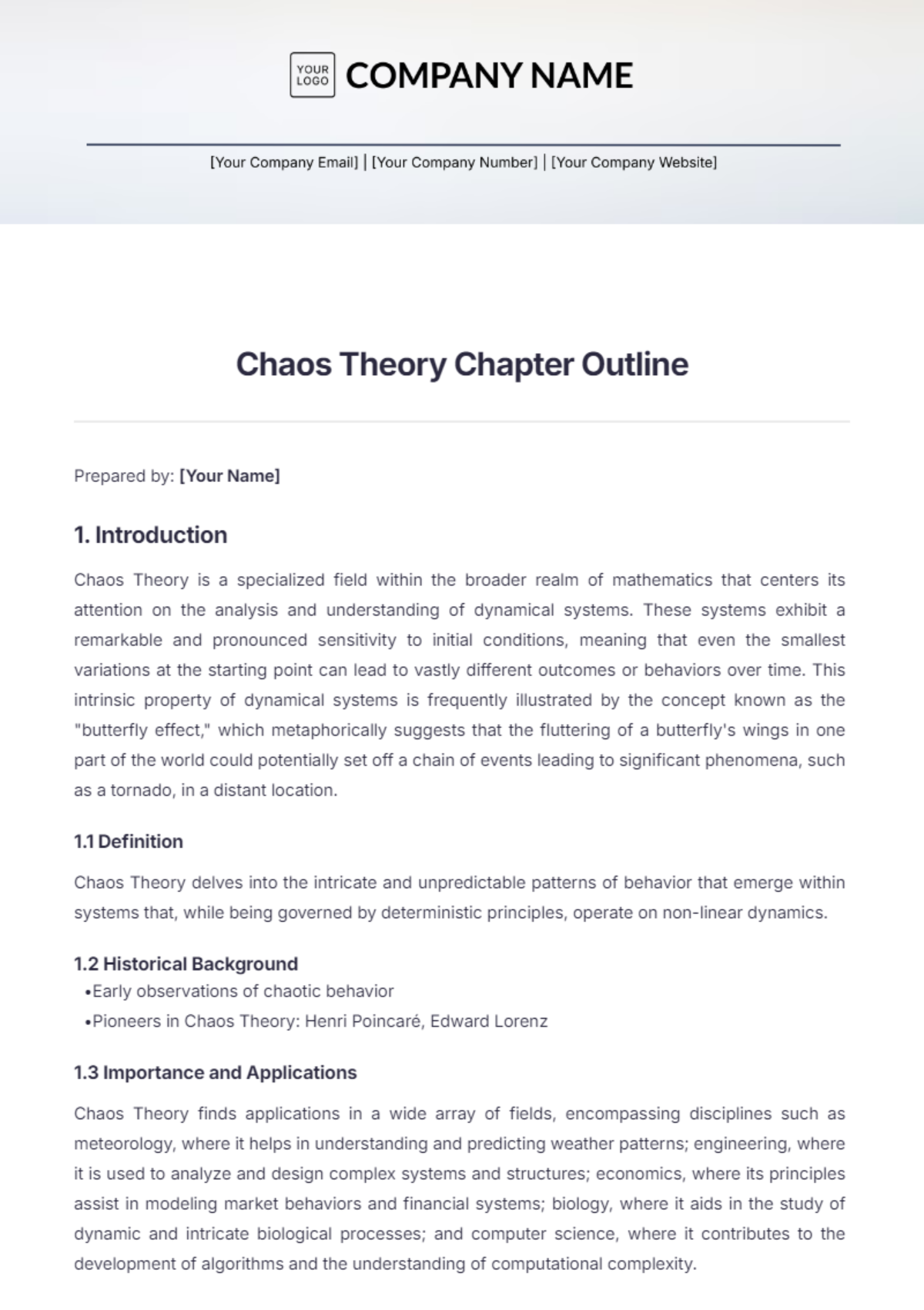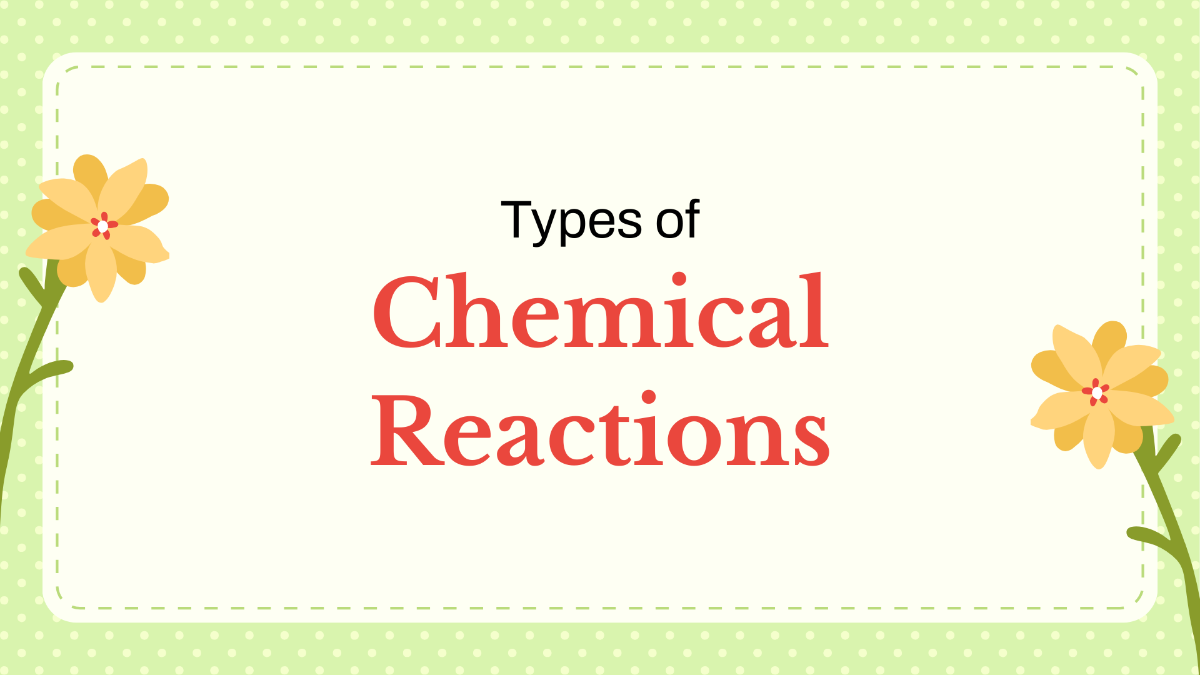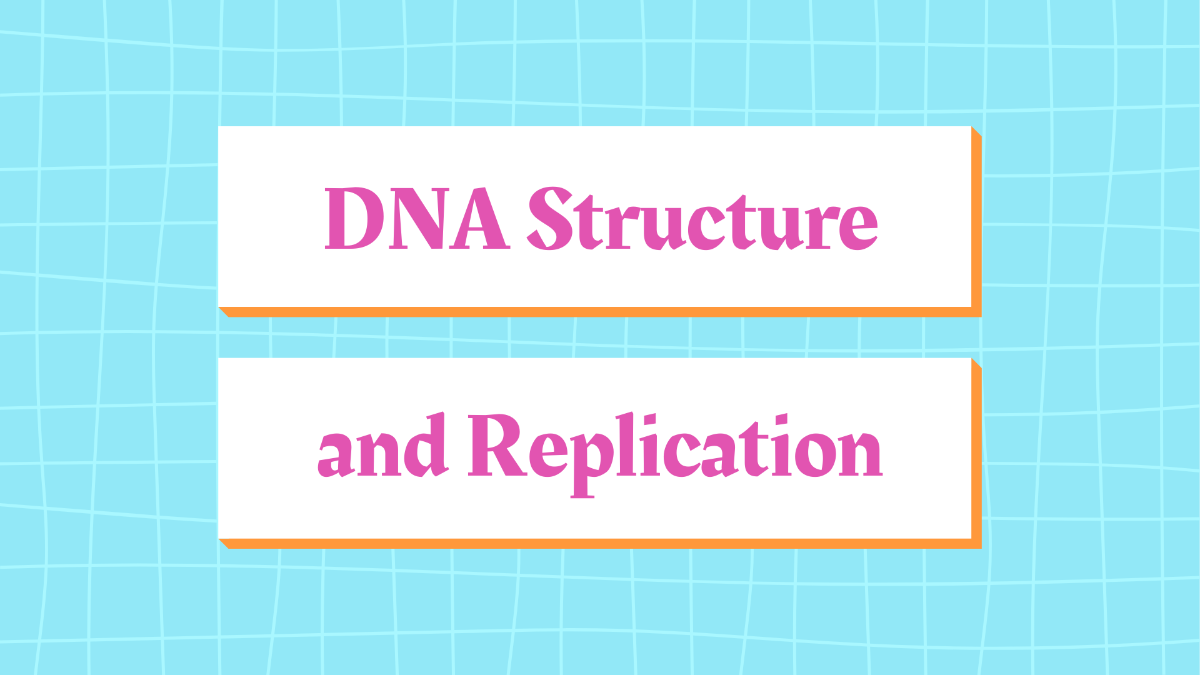Environmental Science Dissertation
Abstract
This dissertation examines the effects of industrial pollution on aquatic ecosystems, exploring various contaminants, their sources, and their impacts on marine and freshwater habitats. It assesses various mitigation strategies and policies to reduce pollution and promote sustainable industrial practices. The study employs a combination of field research, laboratory analysis, and review of existing literature to provide comprehensive insights.
Introduction
The increasing industrial activities over the past century have significantly impacted the environment, particularly aquatic ecosystems. Industrial pollution, a by-product of manufacturing, mining, and other industrial processes, introduces harmful substances into water bodies, disrupting ecosystems and threatening biodiversity.
Background
Historically, the relationship between industrialization and environmental degradation has been well-documented. Aquatic ecosystems, which include rivers, lakes, oceans, and wetlands, serve as crucial habitats for diverse species and play key roles in ecological balance.
Objectives
To identify the primary sources of industrial pollutants affecting aquatic ecosystems.
To analyze the impacts of these pollutants on aquatic flora and fauna.
To evaluate existing mitigation strategies and propose effective solutions.
Literature Review
This section reviews existing research on industrial pollution and its environmental impacts, focusing on key pollutants such as heavy metals, chemicals, and microplastics.
Industrial Pollutants
Various industrial pollutants have been identified as critical environmental hazards:
Heavy Metals: Lead, mercury, and cadmium, often released through mining operations and industrial effluents.
Chemicals: PCBs, PAHs, and other toxic chemicals, frequently found in runoff from industrial sites and urban areas.
Microplastics: Small plastic particles derived from the breakdown of consumer products, which have been found in alarming concentrations in both marine and freshwater systems.
Research Findings
Current research highlights the severe impacts of these pollutants:
Bioaccumulation: Studies reveal that heavy metals like mercury bioaccumulate in the food chain, affecting top predators like tuna and dolphins.
Reproductive Disruption: Chemical pollutants such as PCBs have been shown to disrupt endocrine systems in fish, leading to reduced reproductive success in species like the European eel.
Biodiversity Decline: Areas with high concentrations of pollutants, such as the Yangtze River, have seen significant reductions in biodiversity, with several species now critically endangered.
Methodology
The study employs a multi-faceted approach combining fieldwork, laboratory analysis, and literature review to gather comprehensive data on industrial pollution and its impacts on aquatic ecosystems.
Fieldwork
Field studies were conducted at various industrial sites and water bodies to collect samples:
Water samples from rivers and lakes near industrial zones.
Soil samples from riverbeds and lake bottoms.
Laboratory Analysis
Collected samples were analyzed in the laboratory to determine the concentration of pollutants:
Heavy metal analysis using atomic absorption spectroscopy.
Chemical assays for organic pollutants.
Microplastic quantification and characterization.
Data Analysis
Data from fieldwork and laboratory analysis were compiled and statistically analyzed to identify trends and correlations:
Statistical correlation between pollutant concentration and industrial activities.
Ecotoxicological assessment of pollutant impacts on aquatic species.
Results
The results of this study highlight significant levels of industrial pollutants in sampled water bodies and their adverse effects on aquatic life.
Pollutant Levels
Sampling Site | Pollutant | Concentration (ppm) |
|---|---|---|
River A | Lead | 0.75 |
Lake B | Mercury | 0.05 |
River C | Microplastics | 150 particles/L |
Impact on Aquatic Life
A marked decline in biodiversity and population health was observed in areas with high pollutant concentrations:
Reduced fish populations in River A due to lead poisoning.
Decreased reproductive rates in Lake B's invertebrates linked to mercury exposure.
Microplastic ingestion observed in several marine species in River C.
Discussion
The discussion integrates the study's findings with existing literature, underscoring the global implications of industrial pollution on aquatic ecosystems and public health. It compares results with similar studies, such as those conducted on the Baltic Sea, where high levels of PCBs have been detected in marine organisms. The analysis also considers policy implications, stressing the need for stronger international regulations and more effective pollution control technologies.
Conclusion
This dissertation concludes by reiterating the urgent need for intervention to protect aquatic ecosystems from industrial pollution. It calls for:
Further Research: To investigate the long-term ecological impacts of industrial pollutants, particularly in under-researched regions like the Amazon Basin.
Technological Innovation: Development of more effective and sustainable wastewater treatment methods.
Global Collaboration: Strengthening international cooperation to tackle transboundary pollution, with a focus on implementing stricter environmental regulations.
References
A comprehensive list of references is provided, detailing all sources cited throughout the dissertation.
Books
Smith, J. (year). Industrial Pollution and Environmental Health. New York: Green Earth Publishing.
Doe, A. (year). Aquatic Ecosystems: Challenges of the 21st Century. London: River Press.
Journal Articles
Brown, L., & Green, M. (year). "Impact of Heavy Metals on Riverine Fish Populations." Journal of Environmental Science.
Black, R. (year). "Microplastics in Freshwater Systems: A Global Review." Environmental Monitoring and Assessment.
